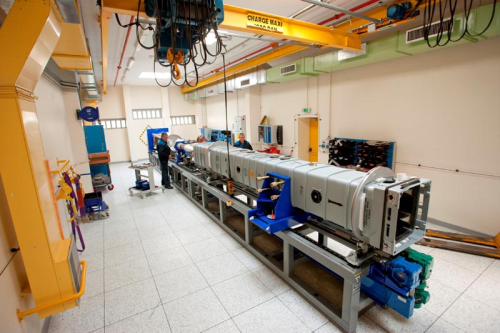
The purchase is connected with MBDA's Global Improvement Plan, which is designed to streamline the process of working across different areas of the company.
VISTAGY Inc's FiberSIM software will enhance collaboration between design, analysis and manufacturing so MBDA can shorten the development cycle of composite parts by enabling faster and more accurate iterations across disciplines. MBDA expects that FiberSIM will enable it to reduce the number of iterations in a product development cycle by up to 30%.
The typical missile composite subsystem can take up to 3 years to develop and industrialise. MBDA is anticipating that FiberSIM will enable it to reduce the development time by about 3-6 months.
FiberSIM will be used for detailed design as well as to define flat patterns. One of the primary reasons FiberSIM was chosen was because it is integrated into the Creo Elements/Pro(formerly Pro/E) from PTC. Another factor was its seamless integration with MSC.Software Laminate Modeler.
"As the Global Improvement Plan indicates, we're strongly focused on enhancing how efficiently we work across disciplines," says Etienne Rauscher, head of Mechanical Technologies for MBDA.
"FiberSIM fits right into this concept because it provides a unified environment for design, analysis, and manufacturing to work in so it streamlines our entire design-to-manufacturing process for composites."



